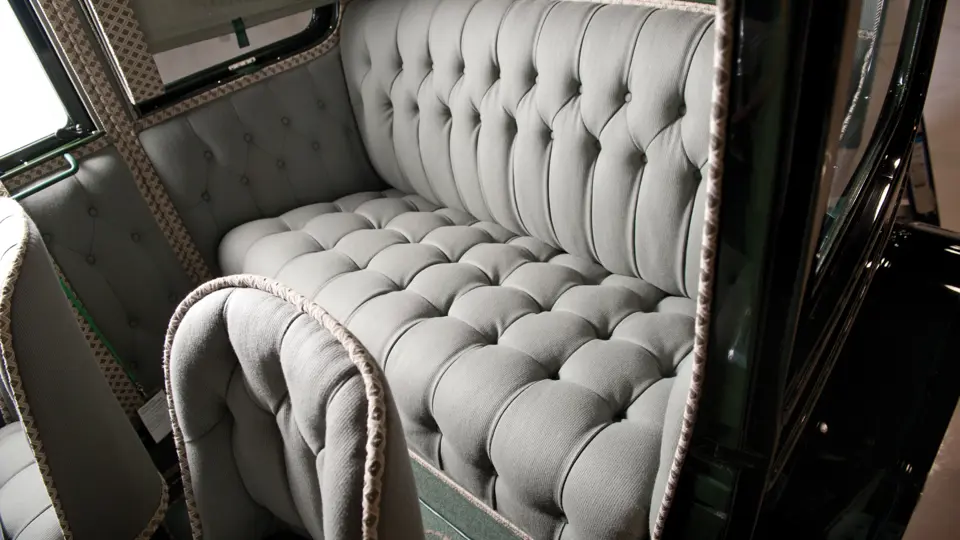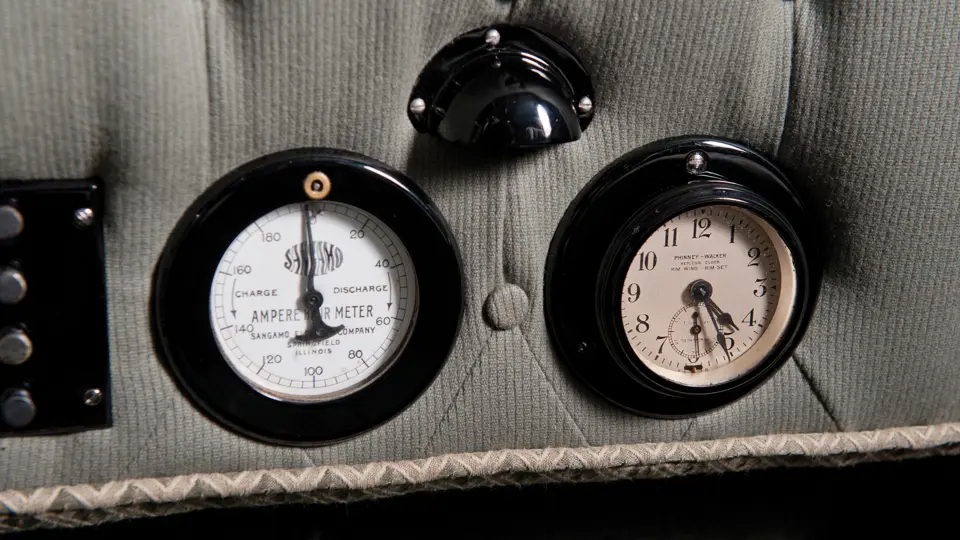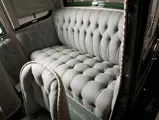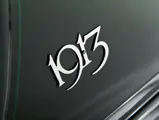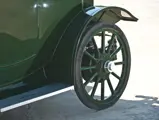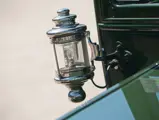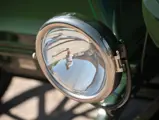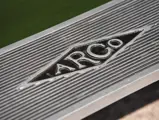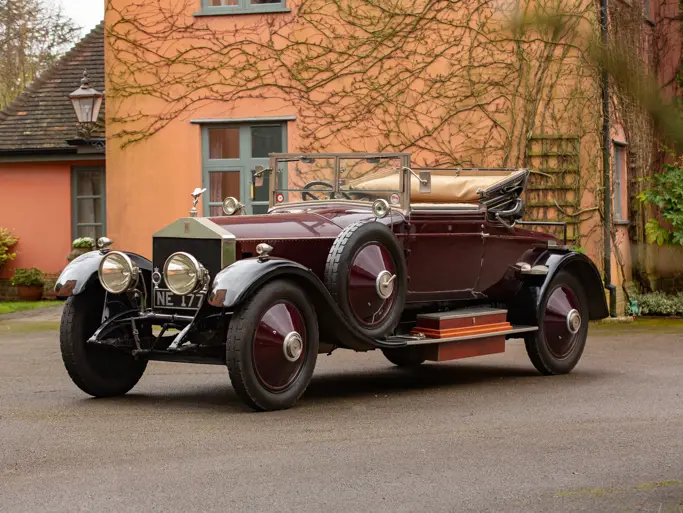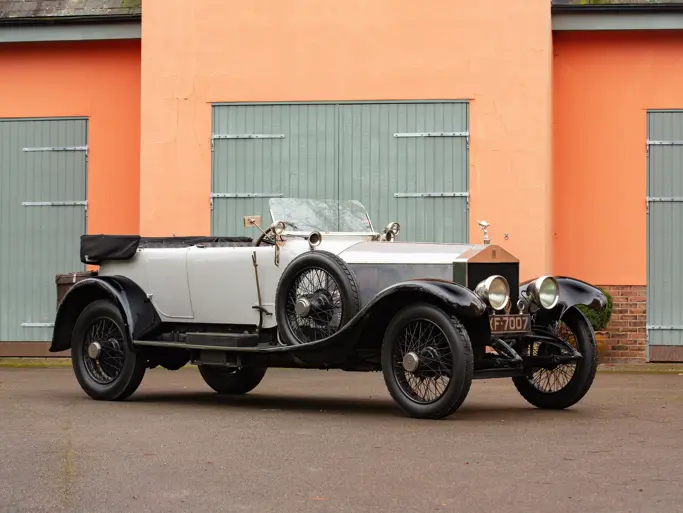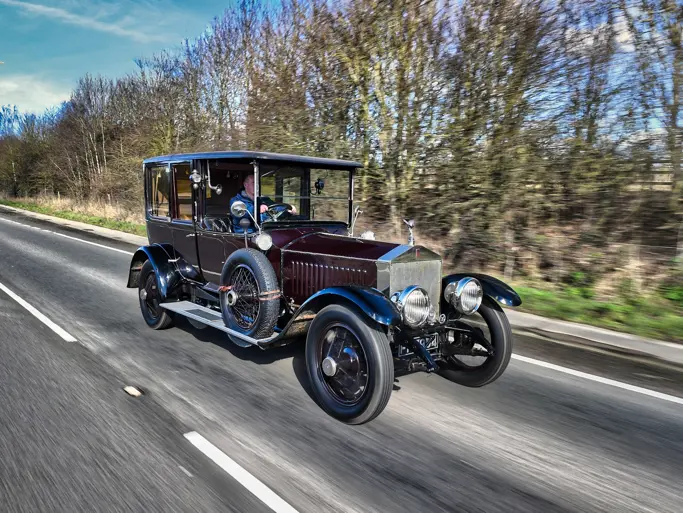Model C. 80-volt Westinghouse DC motor, five-speed controller, shaft drive, solid front axle and live rear axle with semi-elliptic leaf springs, and two-wheel mechanical drum brakes. Wheelbase: 110"
- Believed to be the only survivor of a rare, early marque
- Unusual wheel-steered early electric
- Excellent older restoration
- Formerly in the Cousens and McMullen Collections
The Argo Electric Vehicle Company was formed in July 1910 in Saginaw, Michigan by Fred Buck, Theodore Hess and three colleagues. A latecomer to the electric car business, Argo was just in time for the golden age of the electric, which lasted from about 1910 to 1918. By this time, electric power had become available to the homes in many cities and towns, making home charging convenient and broadening the appeal of the electric.
Buck, Hess and their staff took over an old match manufacturing plant and began production that September. Prototype testing began in 1911 and advertising followed, so the official debut of the Argo did not occur until the January 1912 New York Auto Show. The initial model was a five-passenger brougham; a roadster, limousine (like this car) and several commercial models followed for 1913. Early that year the company advertised that 300 cars had been placed in “dignified and careful ownership,” but the excitement was short-lived. In 1916, the Argo company merged with fellow electric manufacturers Broc and Borland to form the American Electric Car Company, although each kept its marque identity. By 1916, however, it was all over, and Columbia Motors Company of Detroit bought the firm in order to secure its franchise in the National Automobile Chamber of Commerce, necessary to exhibit at the national shows.
Formerly in the James Cousens Cedar Crossing Collection and prior to that in the John McMullen Collection, this car is believed to be the sole surviving example of the marque. The lavishly-appointed interior has buttoned gray cord upholstery with handsome brocade borders and twisted cord nets on the headliner. There is matching carpet on the floor. The side windows have pull-down shades, and on the forward bulkhead, beside the single electrical instrument, is a Phinney-Walker keyless clock. Unusually for an electric of this era, it has wheel steering from the left front seat, an Argo hallmark.
The dark green paint is in good condition and exhibits a deep shine. The nickel brightwork, while minimal in extent, is in good condition. The car has 12-spoke wood artillery wheels, painted body color and fitted with solid rubber tires.
All but unknown among the members of the early electric automobile community, the Argo had a number of forward-looking features. This example is not only well restored and preserved, it is believed to be the only one of its kind.
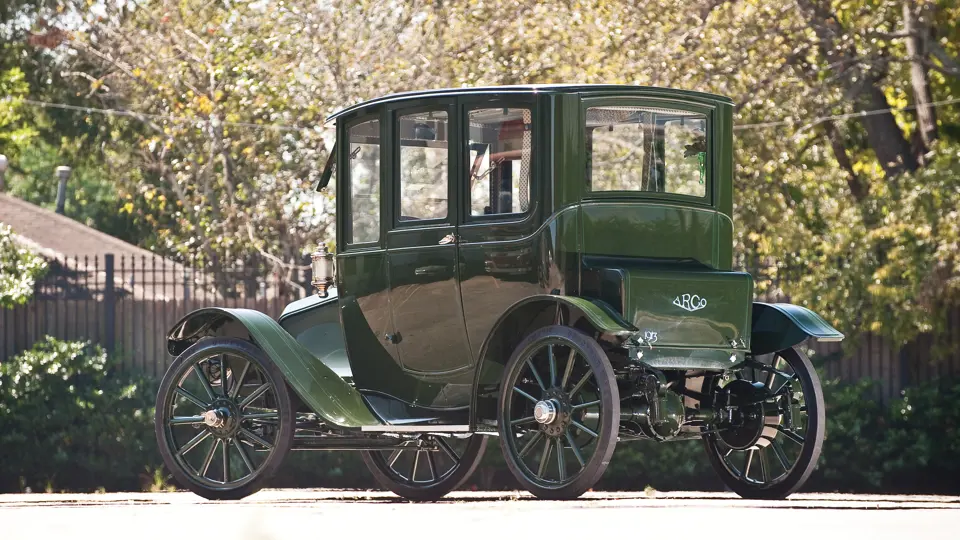



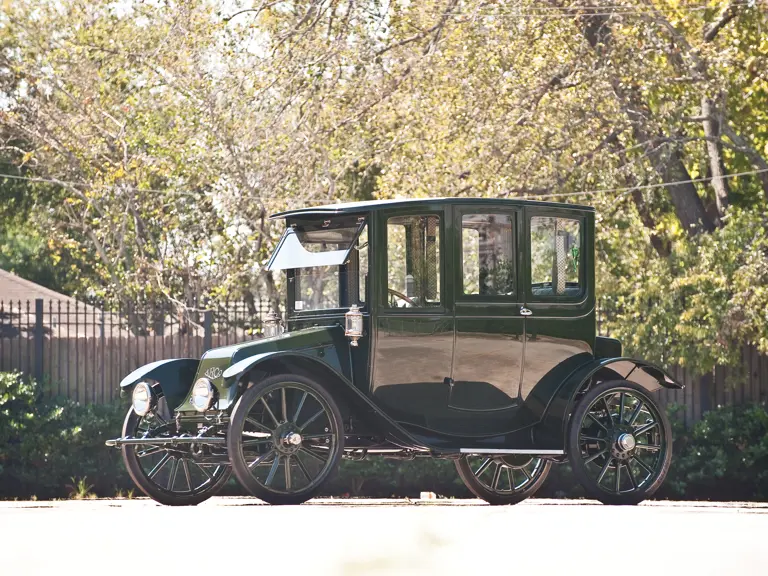
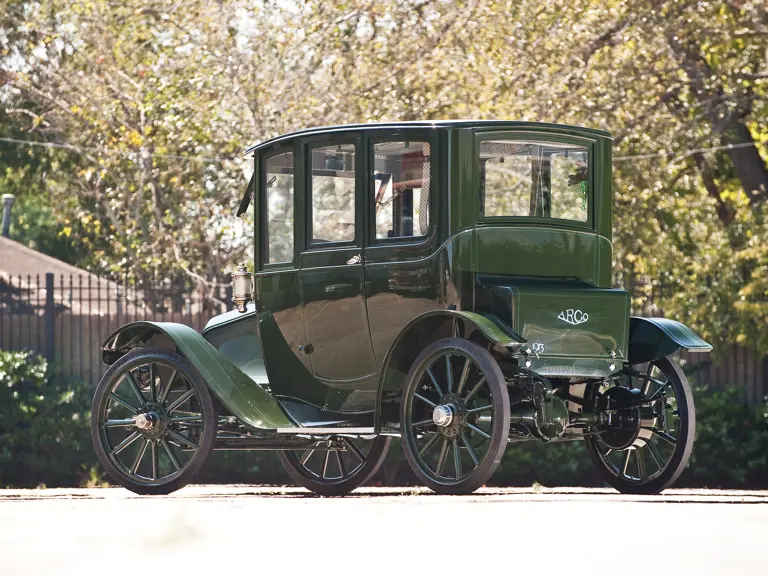
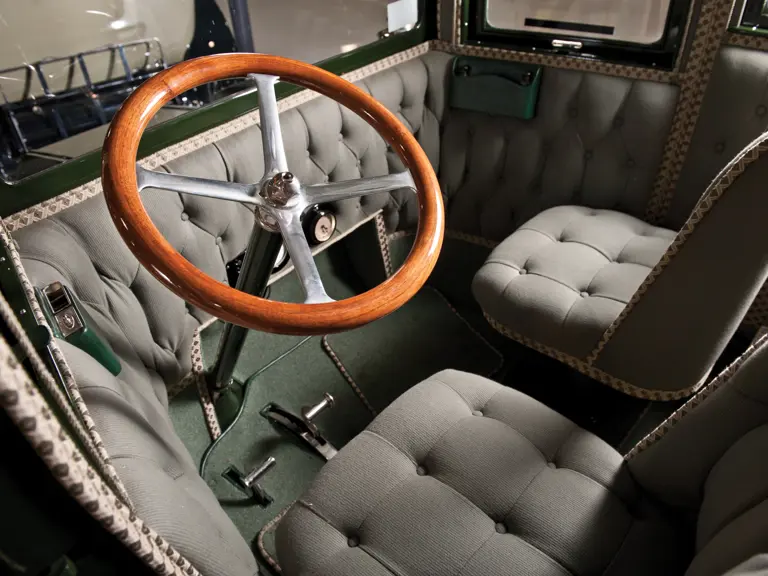
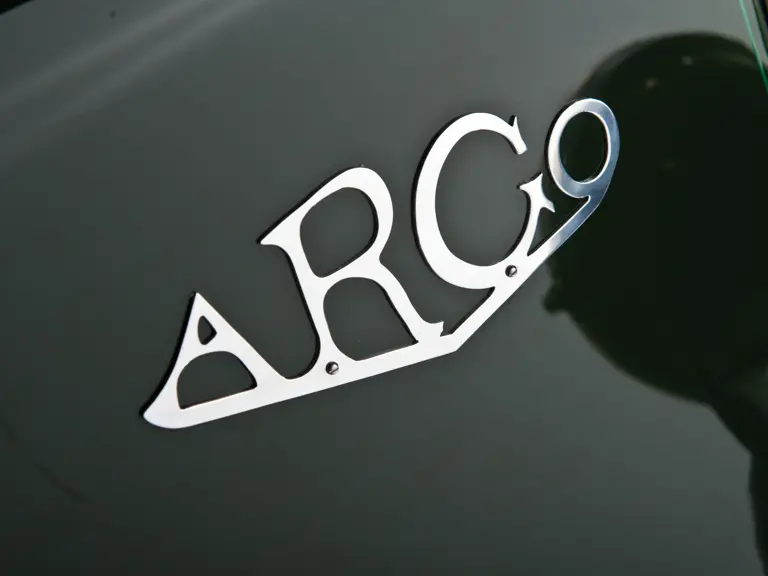
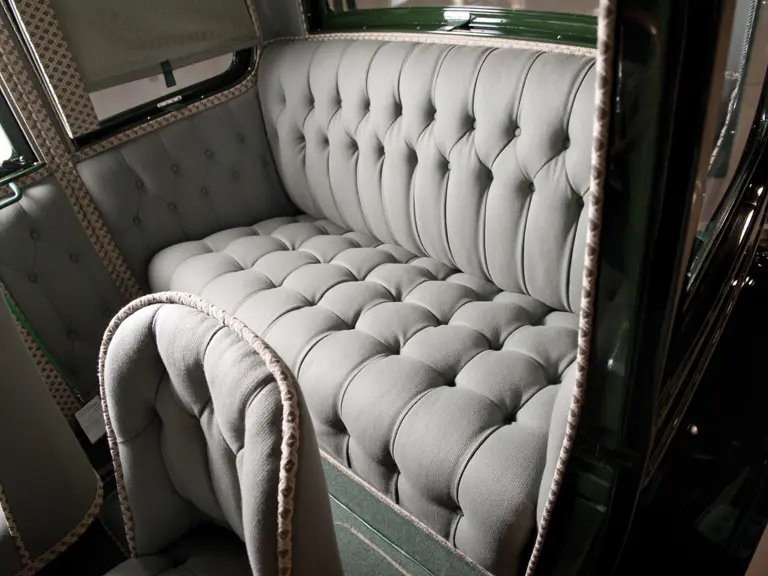
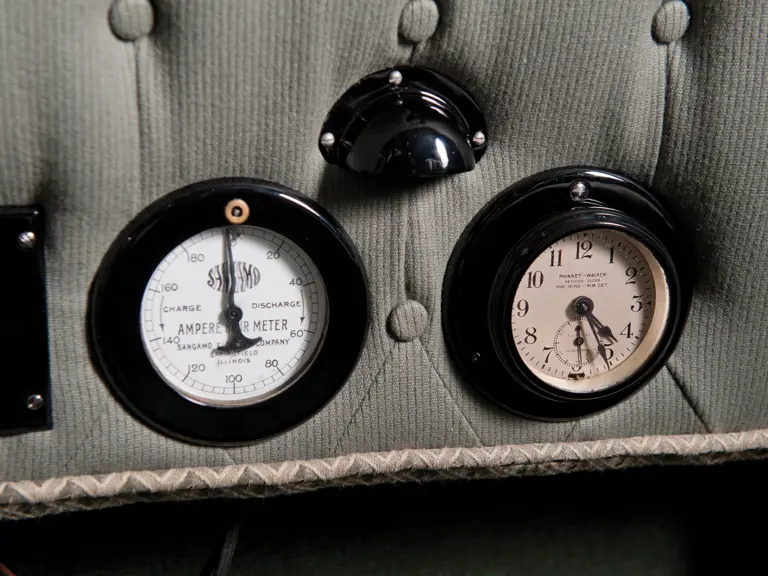
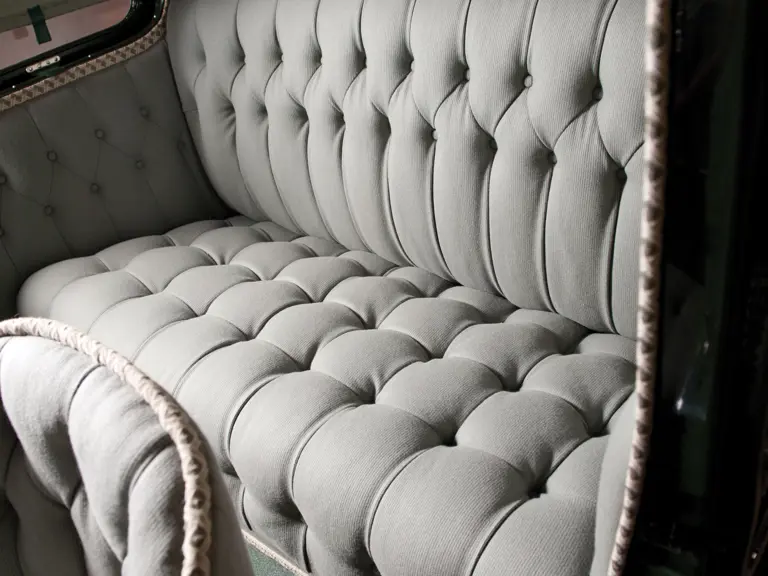
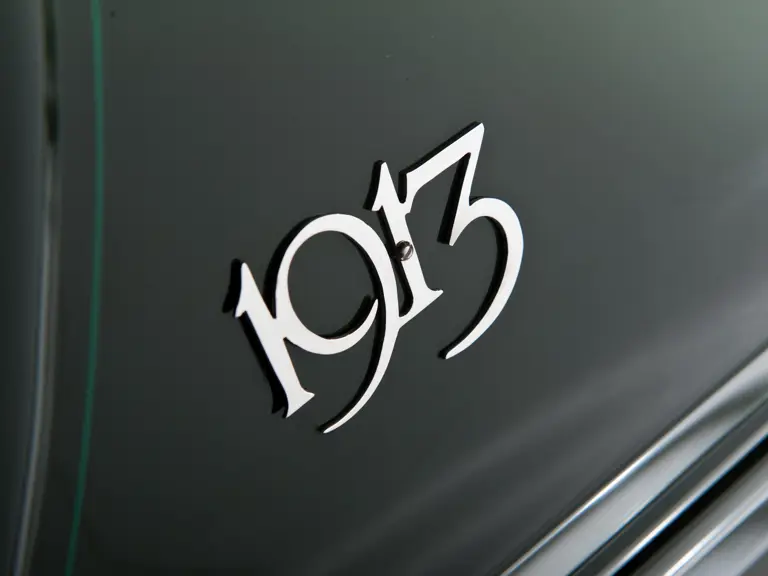
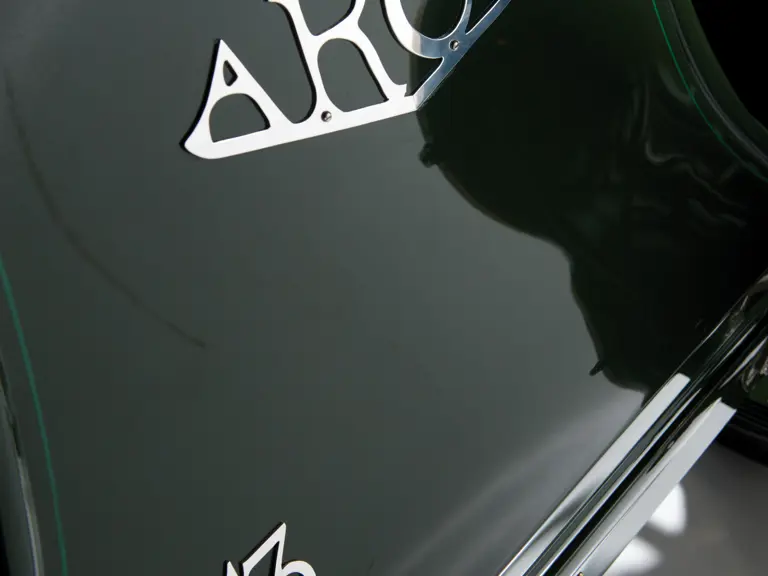
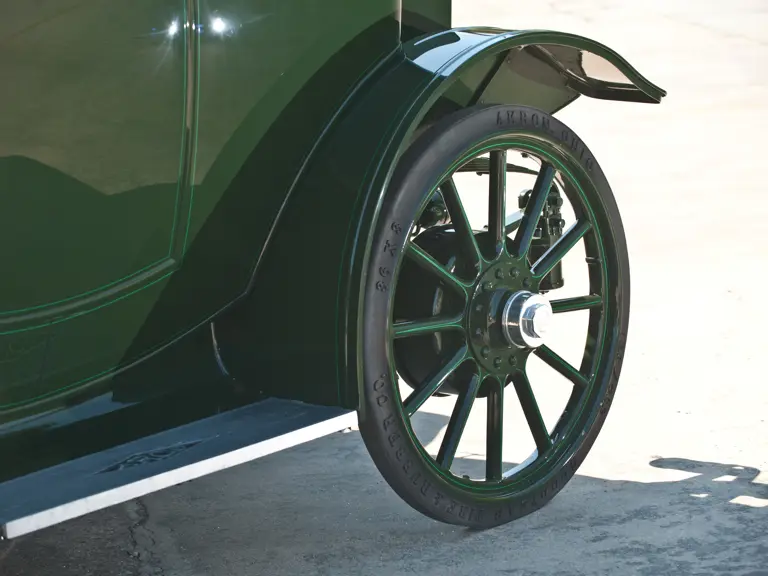
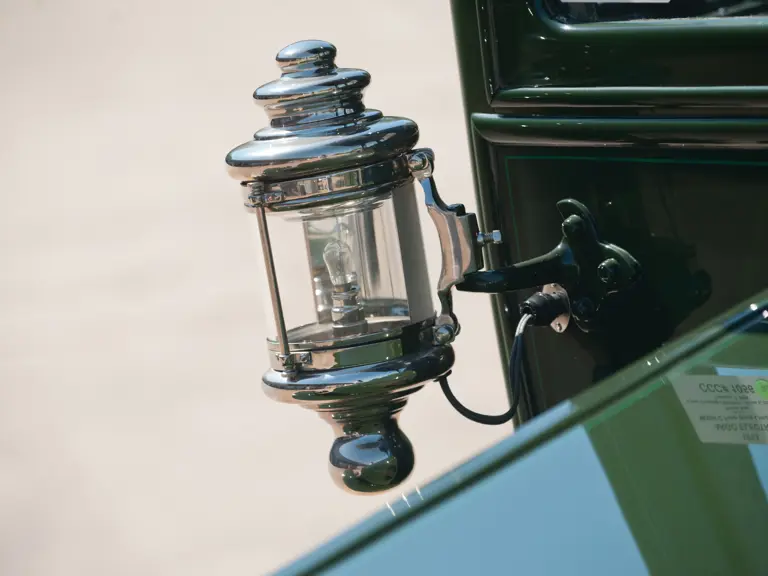

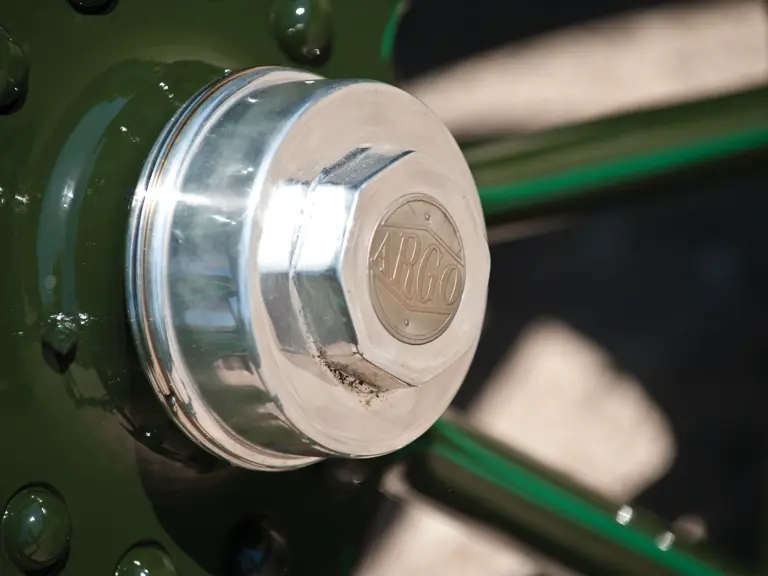
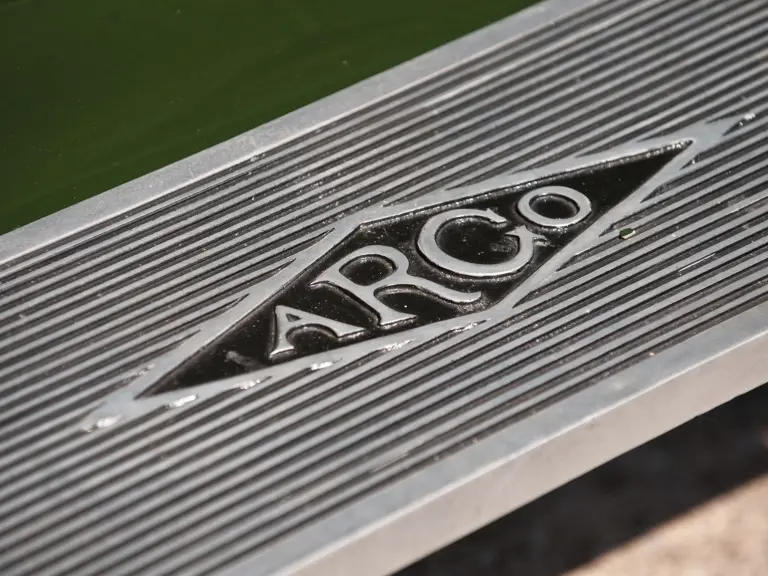
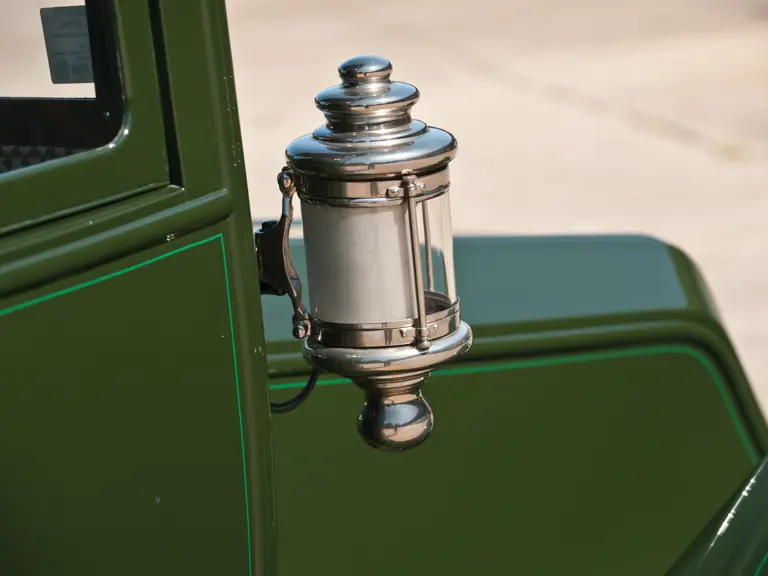
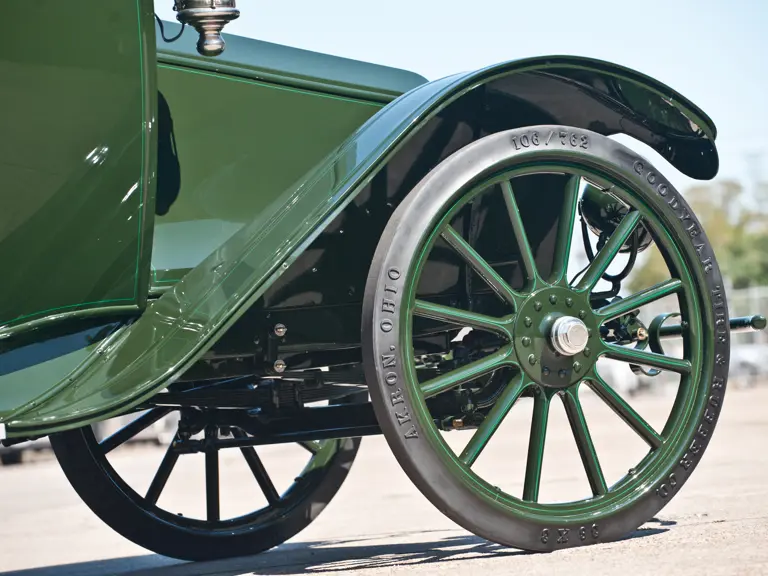
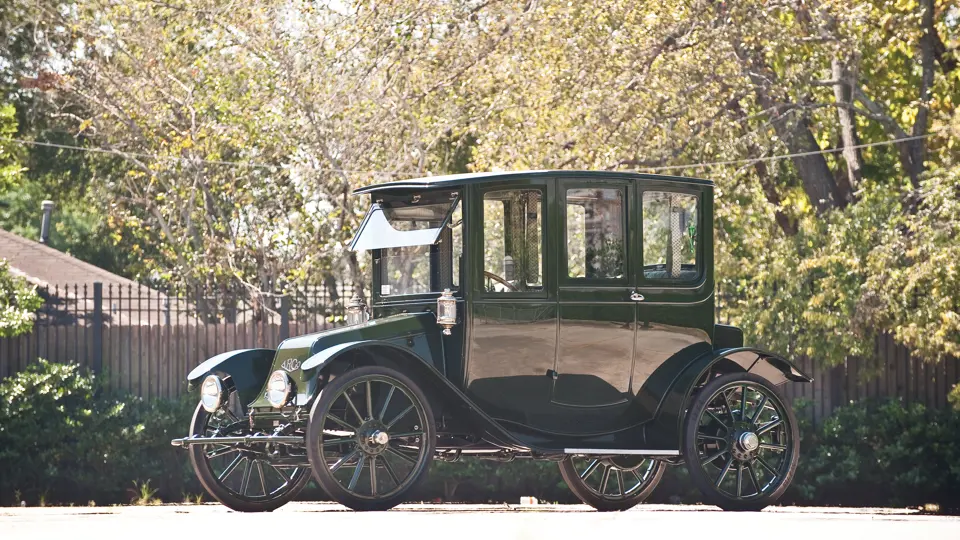
 | Hershey, Pennsylvania
| Hershey, Pennsylvania
